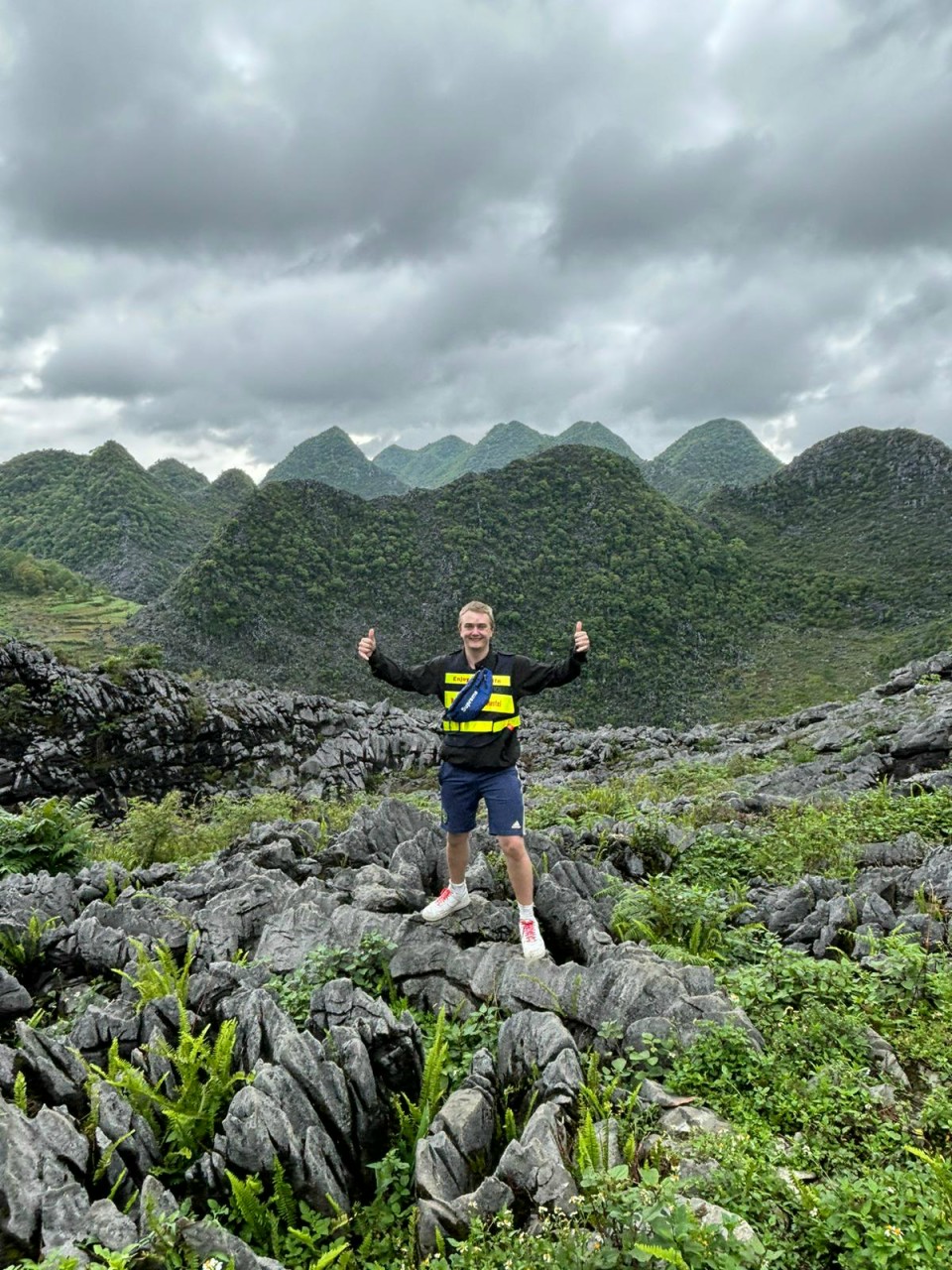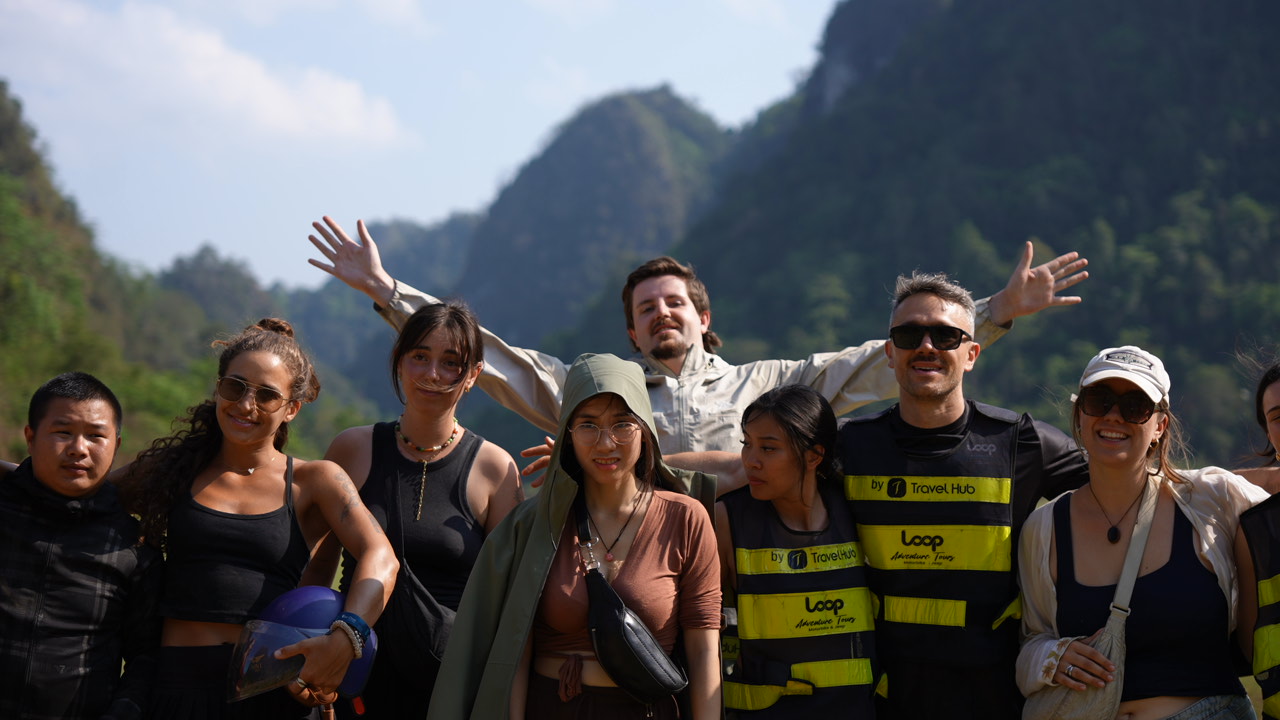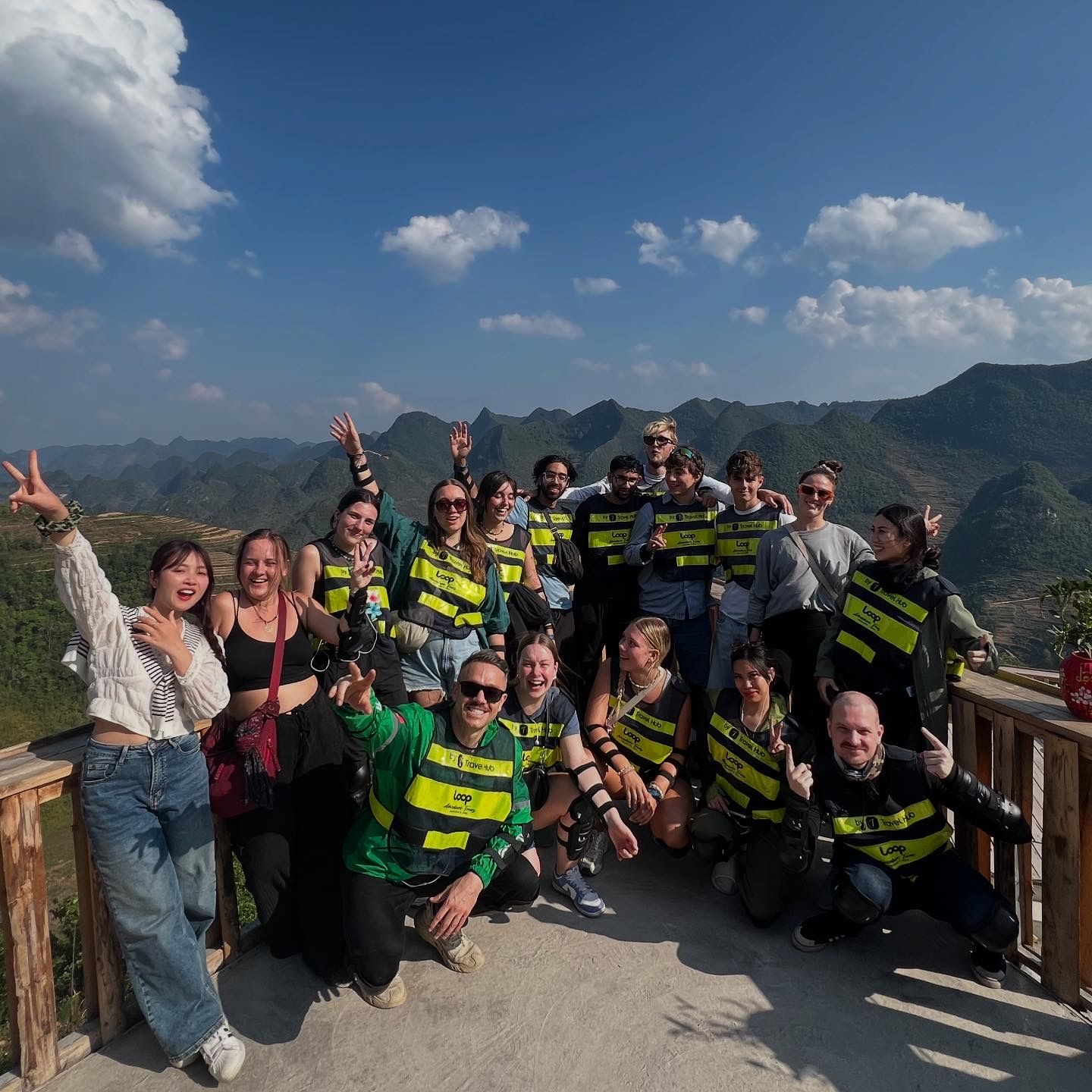Planning the Ha Giang Loop starts with one question: what’s the weather like? The province sits on Vietnam’s far-north border and mixes karst highlands with terraced valleys, so temperatures, fog, and rain vary by altitude and time of day. This guide breaks down Ha Giang weather by season and month, explains how it affects road conditions and visibility, and shows the best time to visit for buckwheat flowers, terrace seasons, or clear horizons on Ma Pi Leng Pass. You’ll also get a packing list by season, safety notes, and quick itineraries tailored to the weather.
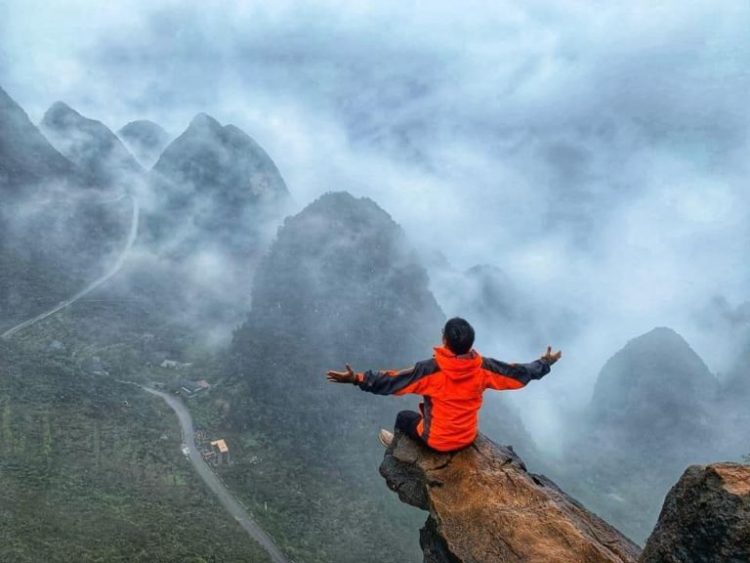
Ha Giang climate at a glance
-
Type: Subtropical monsoon with a cool, fog-prone winter and a warm, rainy summer.
-
Altitude matters: Karst passes (e.g., Ma Pi Leng) feel colder and windier than valley towns.
-
Visibility vs. rain: Winters bring shorter days and morning fog; summers bring showers and occasional storms—usually brief but intense.
-
Daylight rule: For scenery and safety, plan to ride or drive only in daylight year-round.

Ha Giang weather by season
Winter (December–February)
-
Feel: Cold mornings and nights, crisp afternoons when fog lifts.
-
Temperatures: Roughly 8–16°C at altitude; milder in valleys.
-
Sky: Mix of blue windows and low cloud; drizzle possible, long downpours rare.
-
Travel notes: Start later on foggy days; bring thermals and a windproof/water-resistant shell.
-
Why go: Crowd-light viewpoints, moody photos, warm homestays, au tau porridge season.

Spring (March–April)
-
Feel: Cool–mild, increasingly sunny; morning mist often clears by late morning.
-
Temperatures: Around 15–24°C.
-
Sky: Generally drier than summer; a light shower can appear.
-
Travel notes: Comfortable for first-timers; days are longer again.
-
Why go: Peach/plum blossoms, soft light, steady visibility.
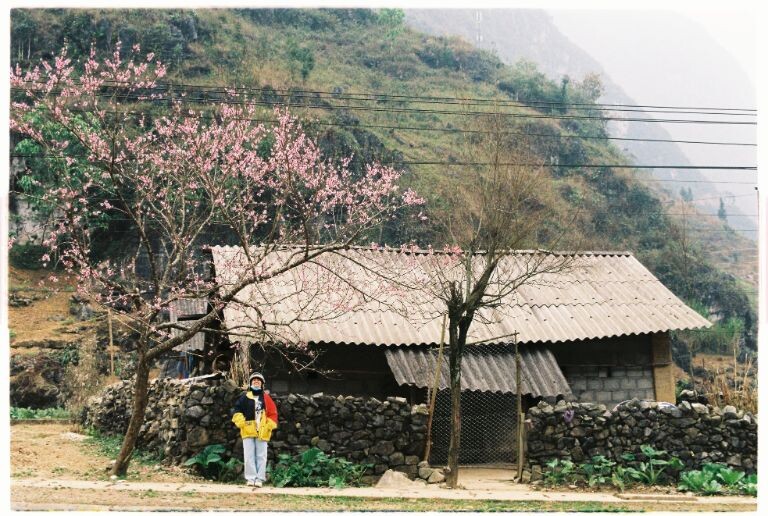
Summer / Green season (May–August)
-
Feel: Warm to hot, humid; valleys are lush.
-
Temperatures: About 24–32°C in valleys, cooler on passes.
-
Sky: Pre-monsoon and monsoon showers—often short, sometimes intense in late afternoon.
-
Roads: Slippery after rain; watch mossy concrete and gravel at corners.
-
Why go: Water-pouring terraces (May) for mirror reflections; waterfalls full; emerald Nho Que River.

Autumn (September–November)
-
Feel: Transition to cooler, clearer conditions.
-
Temperatures: Roughly 18–26°C.
-
Sky: More sun breaks; brief showers still possible in early September.
-
Why go: Rice harvest (Sept) in Hoang Su Phi; buckwheat flowers (Oct–Nov); classic long-view horizons.
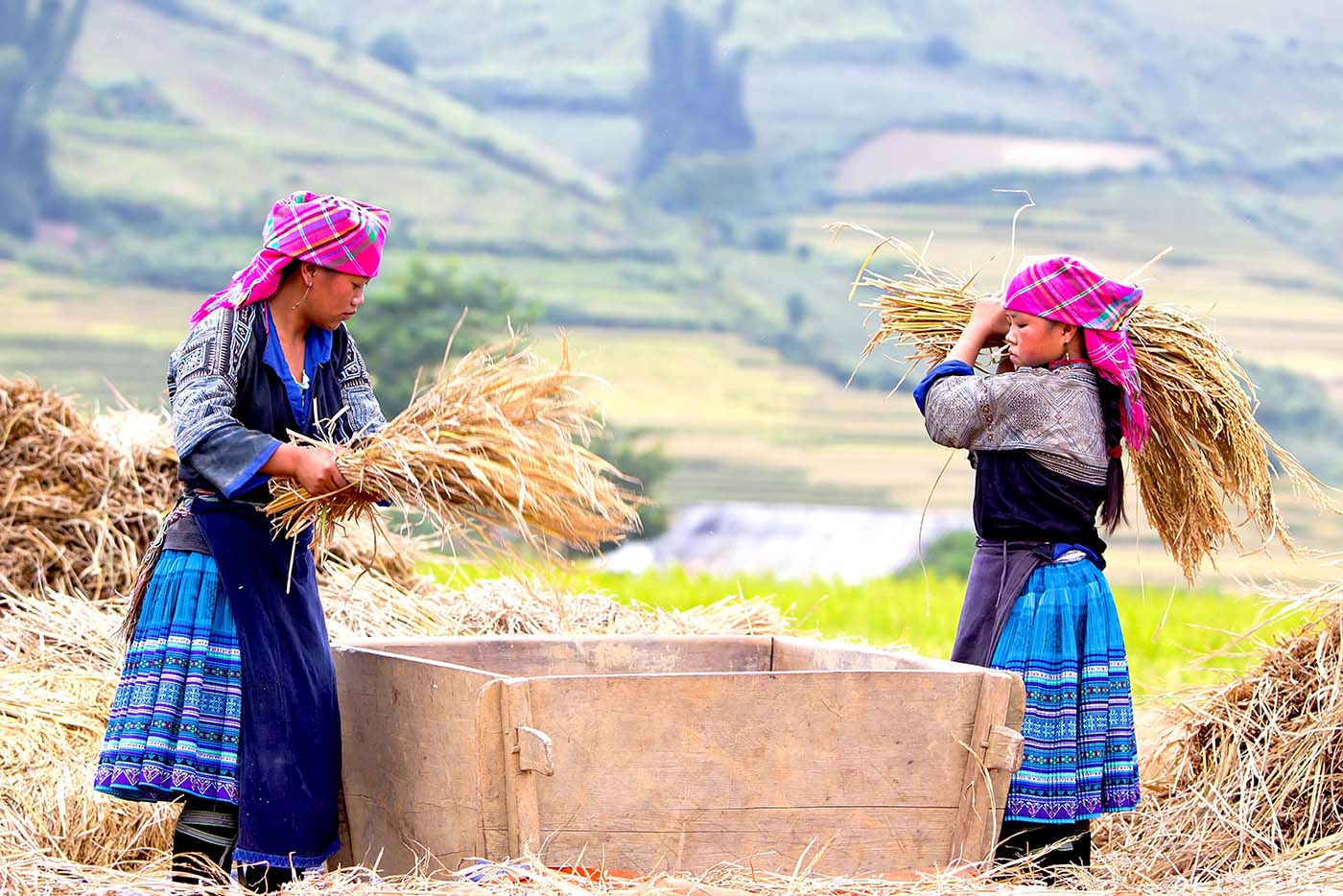
Month-by-month notes (what travelers actually experience)
-
January: Coldest month; fog common at dawn; best light mid-late morning.
-
February: Still cool; blossoms begin; lighter crowds once Tet passes.
-
March: Bloom season + balanced weather—great for beginners.
-
April: Mild and bright; excellent road visibility.
-
May: Start of afternoon showers; water-pouring terraces make sunrise/sunset magical.
-
June–July: Warm, humid; short storms possible—finish rides early.
-
August: Similar to July; dramatic cloudscapes after rain.
-
September: Harvest gold + improving visibility—a sweet spot.
-
October: Prime conditions; comfortable temps, clearer horizons.
-
November: Buckwheat at its best, crisp evenings—book early.
-
December: Quiet, short days, moody light; plan daylight-only travel.

Best time to visit Ha Giang (match to your style)
-
For the clearest views: October–November (and many days in April).
-
For blossoms: March (peach/plum in highland villages).
-
For terrace reflections: May (water-pouring) right after early rains.
-
For rice harvest: September (especially Hoang Su Phi).
-
For crowd-light calm: December–February (dress warm and start later).
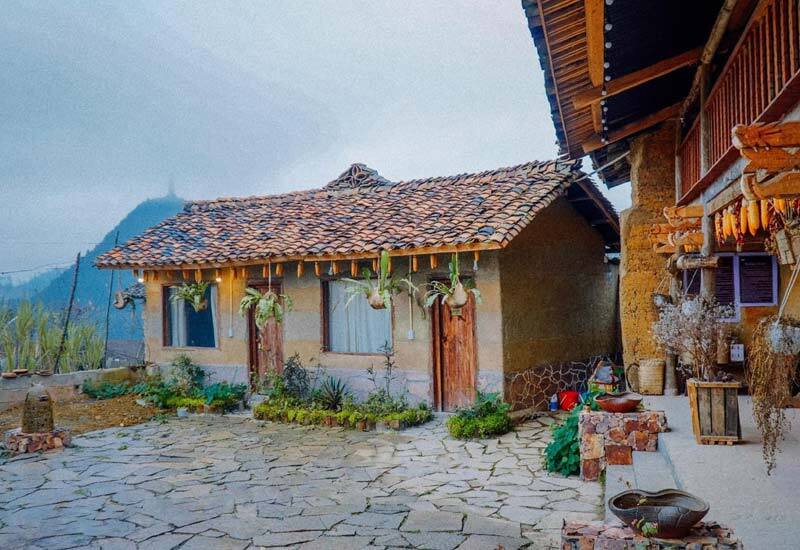
Recommended Tours for You:
How weather affects the Loop (and how to plan)
-
Fog vs. rain: Winter fog limits early visibility; summer storms wet the surface. Either way, the safe strategy is start when conditions are clear and end before dusk.
-
Wind chill on passes: Even on warm days, wind over ridgelines can feel cold. Pack a light shell year-round.
-
Micro-climates: A blue sky in Quan Ba can coexist with fog in Dong Van—keep plans flexible by 60–90 minutes.
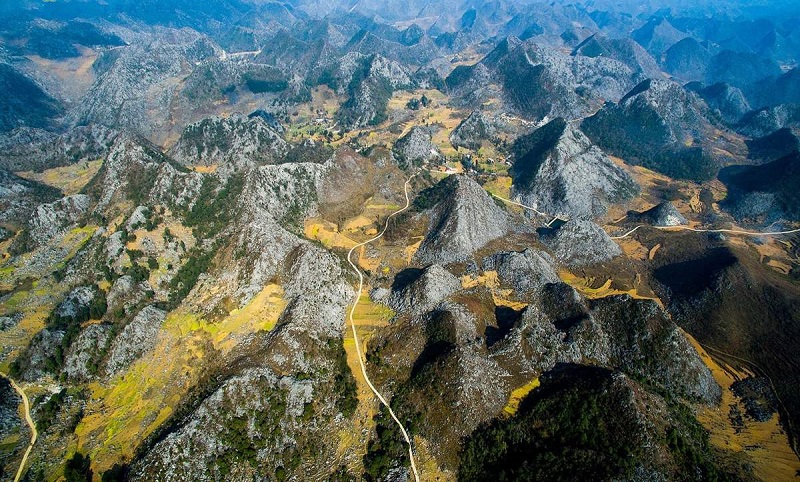
What to pack (season-smart)
Winter (Dec–Feb)
-
Thermals, fleece/light down, windproof/water-resistant jacket, insulated gloves, neck gaiter/beanie, thick socks.
-
Riding basics: certified helmet, grippy gloves, long pants, sturdy shoes/boots.
-
Extras: lip balm, moisturizer, hand warmers, power bank (cold drains batteries).
Spring & Autumn (Mar–Apr, Sep–Nov)
-
Layerable tops, light mid-layer, wind shell, quick-dry pants.
-
A compact rain jacket for surprise showers; sunglasses, sunscreen (UVA matters year-round).
Summer/Green season (May–Aug)
-
Quick-dry clothes, light rain jacket, pack cover/zip-locks for electronics.
-
Hydration bottle/electrolytes, hat, microfiber cloth for lens fog; sandals are fine for villages but closed shoes are safer on wet slopes.

Safety & etiquette in all weather
-
Daylight only. Hairpins + fog/rain + livestock at dusk are avoidable risks.
-
Cornering technique: look through the turn; use engine braking on descents; avoid hard front-braking on damp concrete.
-
Morning bike check: tires, brakes, lights, horn, chain lube—every day.
-
Culture: ask before photographing people, keep voices low in village lanes, pack out trash.
-
Border areas: carry ID; follow guide instructions at checkpoints.
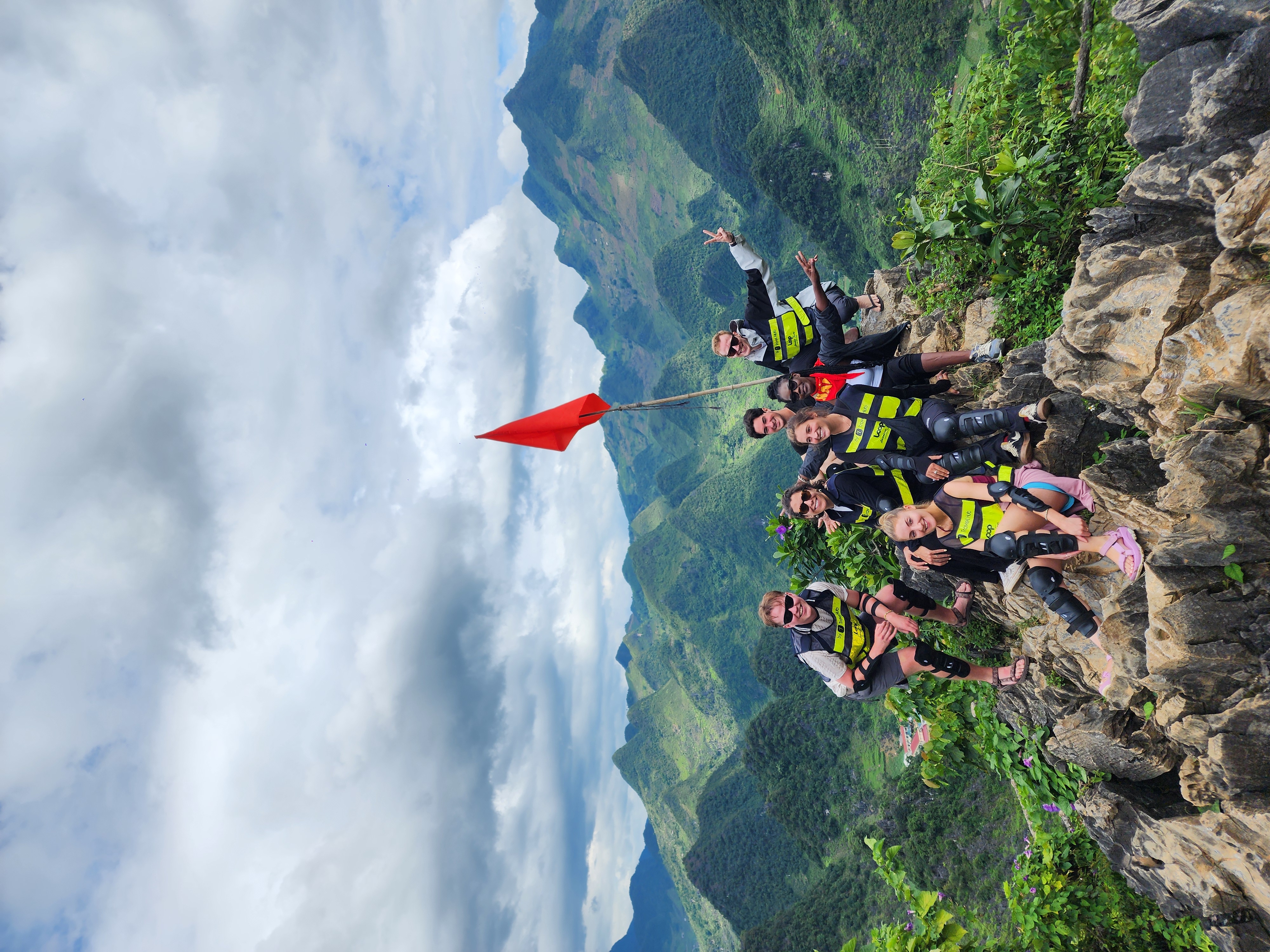
Weather-savvy mini-itineraries
2D1N “Highlights, any season”
Day 1: Ha Giang → Quan Ba Heaven’s Gate → Yen Minh → Sung La → Vuong Palace → Dong Van.
Day 2: Lung Cu → Ma Pi Leng Pass viewpoints → optional Nho Que River boat → Meo Vac → Ha Giang.
Notes: Start later in winter fog; finish early during summer storms.
3D2N “Best balance for visibility” (Oct–Nov or Mar–Apr)
Day 1: Ha Giang → Quan Ba → Dong Van.
Day 2: Lung Cu → Ma Pi Leng → Meo Vac.
Day 3: Meo Vac → Du Gia (fields/waterfall) → Ha Giang.
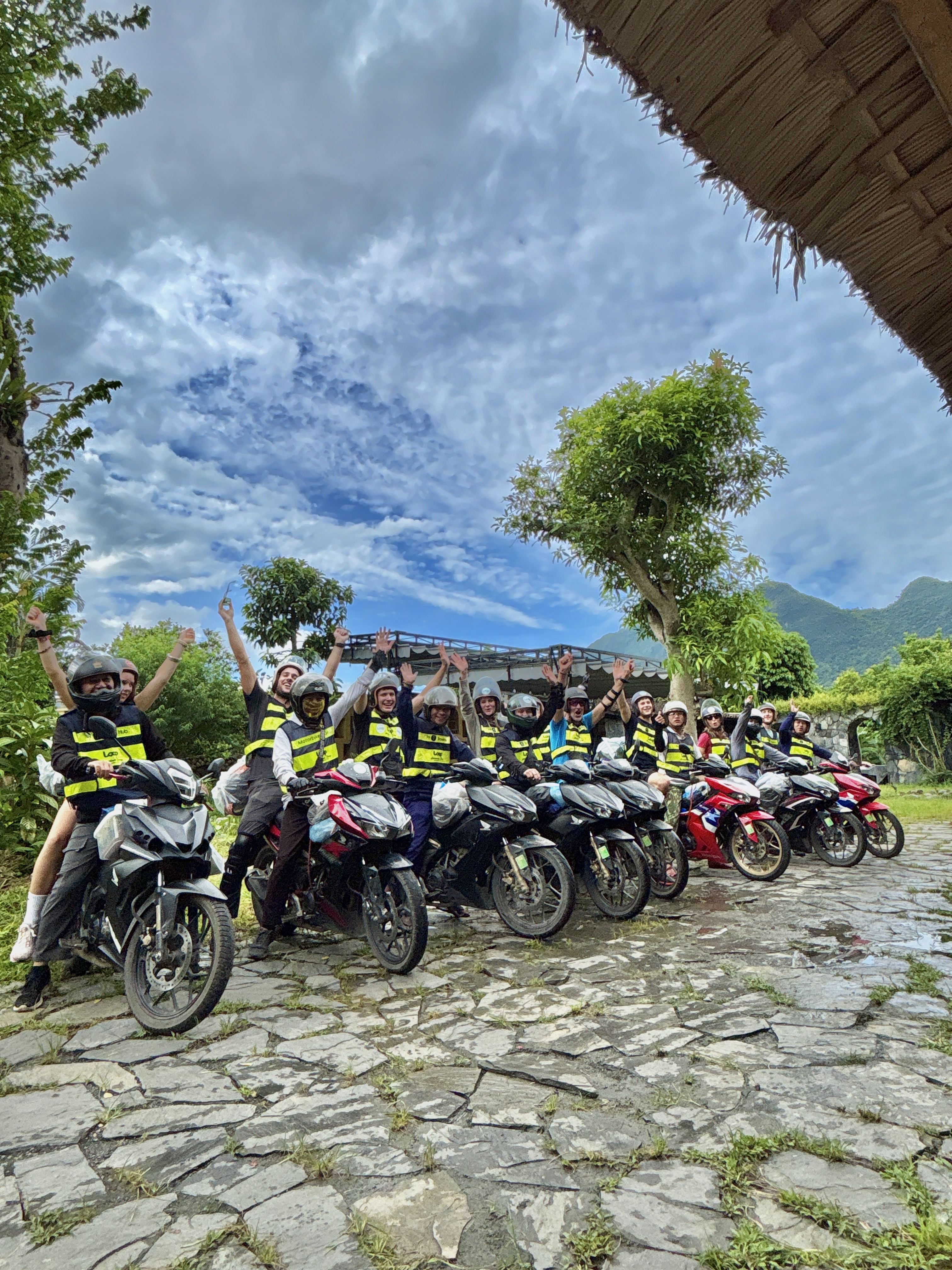
Terrace special (May or Sept)
-
May: Focus Hoang Su Phi (Ban Phung, Nam Ty, Ban Luoc) for water-pouring reflections.
-
Sept: Return for harvest gold; pair Hoang Su Phi with Du Gia for human-scale scenes.
FAQs about Ha Giang weather
Does it rain all day in summer?
Usually no—expect short, sometimes intense showers, often in late afternoon.
Is winter too cold to enjoy the Loop?
It’s cold, not unbearable. With thermals + wind shell, most travelers are comfortable; consider Easy Rider or a car/van if you dislike chilly starts.
When are buckwheat flowers?
Typically October–November, overlapping with clearer autumn weather.
Can beginners ride in Ha Giang?
Yes—pick a guided self-ride in spring/autumn or go Easy Rider (sit behind a licensed local) year-round.
Conclusion
Ha Giang weather changes fast with altitude and season, but good planning makes it your ally. Choose October–November for long views, March for blossoms, May for mirror-like terraces, September for harvest gold, or winter for moody light and quiet roads. Whatever you pick, travel only in daylight, pack layers suited to the season, and keep a 60–90 minute buffer for fog or showers. Do that, and Ha Giang will deliver exactly what you came for: knife-edge skylines on Ma Pi Leng, stone-walled alleys in Dong Van, and a camera roll filled with the textures of Vietnam’s northern frontier.


